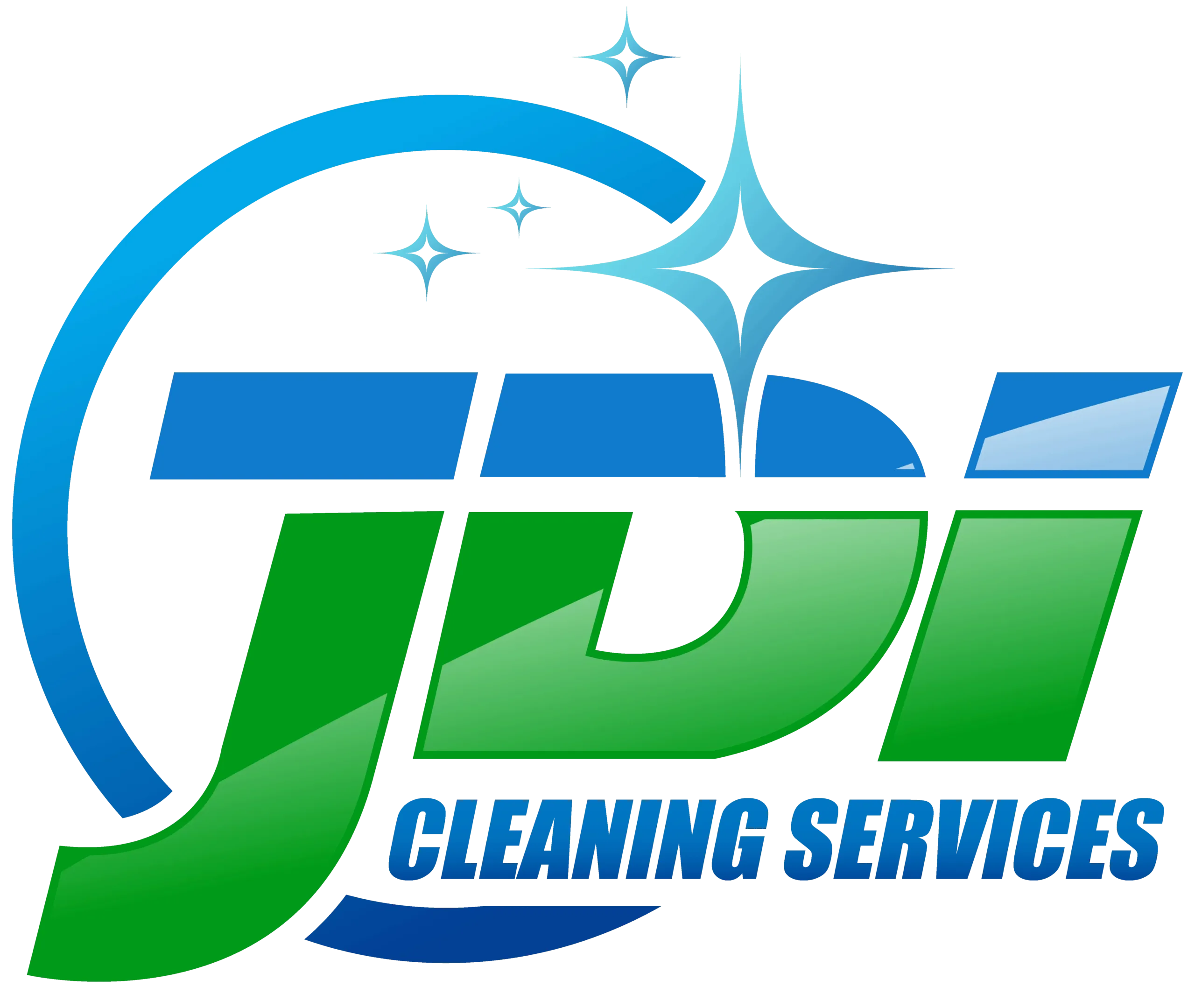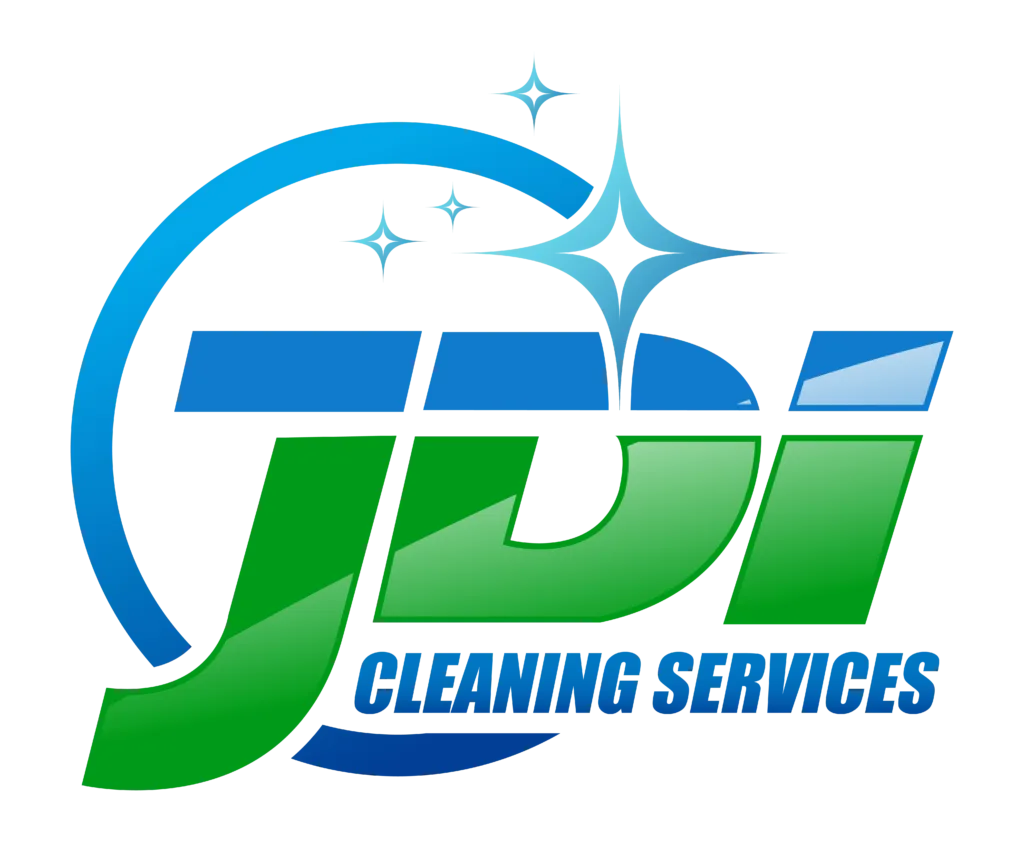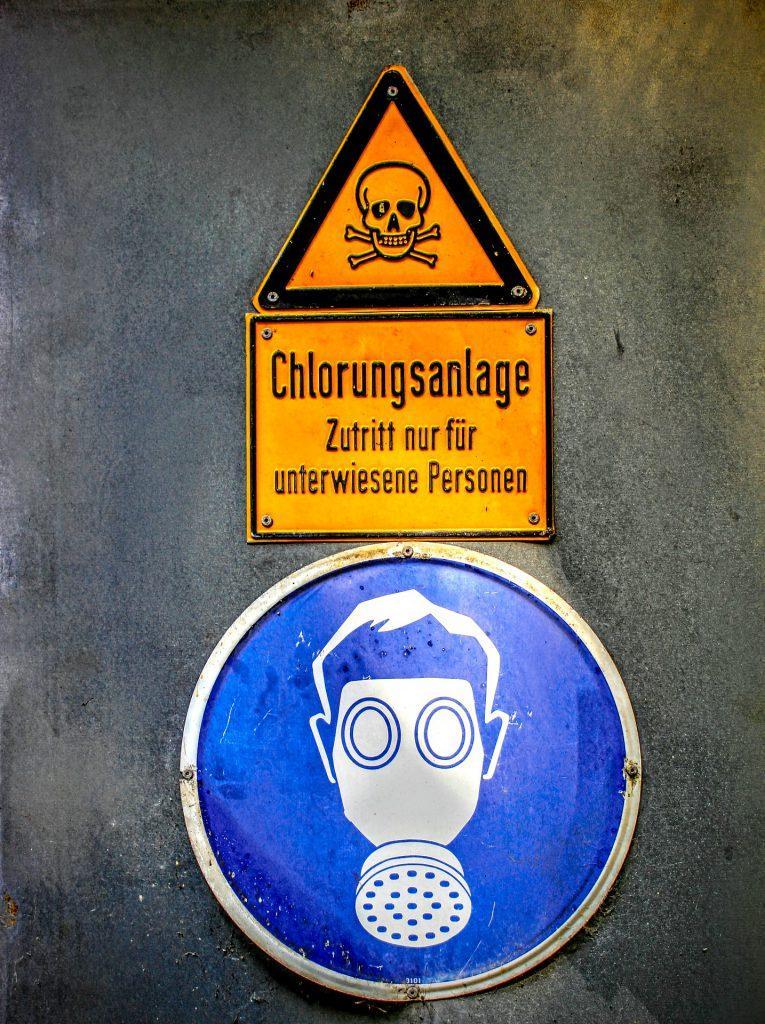Chemicals are unstable, dangerous things; they have their specific qualities, each with different sensitivities and reactions from physical contact, contact with other chemicals, and storage. They need highly skilled and knowledgeable professionals to handle them safely in commercial settings.
There are strict regulations when it comes to storing and transporting chemicals. Yet, there are many deadly chemicals and potential reactions that can occur in your very own home from readily available household cleaning products. The two chemicals that you should never mix, that are dangerous to your lungs if breathed in, are bleach and ammonia. These two chemicals are often used to clean bathrooms and because they are both clear, it is too easy to accidentally mix them together.
JDI’s professional cleaning franchise owners undergo rigorous training to be chemical-aware and trained on the dangers when chemicals are mixed. Please call our 1 800 number below to find a commercial cleaning professional near you.
What is the Workplace Hazardous Materials Information System (WHMIS)
As a precaution, the Ontario government and other figures have established WHMIS training as an inherent worker’s right for jobs dealing with dangerous substances. This system features the familiar pictogram symbols detailing hazards for a particular product and a Safety Data Sheet (SDS), which delves in-depth into the proper handling, and cleanup of chemicals.
What is a Safety Data Sheet (SDS)
The SDS sheet is in-depth literature that covers everything about a chemical product. An SDS provides supplier information, product information, hazards (all kinds), prevention, and response. There are 16 segments of an SDS sheet:
1. Identification
2. Hazard Identification
3. Ingredients/ information on the composition
4. First-aid
5. Fire-fighting precautions
6. Spill precautions
7. Handling and storage
8. Exposure precautions, personal handling
9. Physical and chemical properties
10. Stability and reactivity
11. Toxic effects
12. ecological impact
13. Disposal Instructions
14. Transport guidelines
15. Regulatory information
16. other information about the product.
What is a Workplace Label or Supplier Label
A supplier label is the standard ‘in a nutshell’ information about a chemical that is meant to be read at a glance. This label contains the following information: A hazard pictogram (the shape around it details the severity of the hazard), reference to the SDS/ MSDS, hazard words (dangerous if inhaled), handling options, and storage options contained in a segmented box.
Workplace labels are the same. However, they are used only if the supplier label is worn out or missing for some reason. Workplace labels only require three types of information: The product name, a short precautionary statement, and a reference to the MSDS sheet.
4 Categories of Cleaning Agents and their Appropriate Uses
WHMIS applied to cleaning products can help you understand the dangers of mishandling or mixing certain cleaning products. In the following examples of what not to mix, you will notice that most disasters come from mixing any chemical with bleach.
For a quick overview, here are different categories of common household cleaners and their dangers/ applications.
Detergents:
Made of petroleum and other synthetic materials to break down soil, detergents are often corrosive, toxic, and irritating chemicals used for laundry purposes.
Degreasers:
Denatured solvents remove grease, stains, scuff marks, paint, ink and many other marks from surfaces. These substances are made of alcohol (yes, the drinkable ethanol kind). However, to avoid abuse of this product, it is tainted with toxic chemicals to make the solution taste bitter/ harm individuals. These substances are highly flammable and very toxic/ irritating if consumed.
Abrasives:
These cleaning materials vary in their effects, though their main characteristic is friction to create a reaction. Like the degreasers, abrasive cleaning agents are used to foam up and remove stains, dirt, and oils from surfaces. Some are highly corrosive, like oven cleaners, while others contain additives to remain somewhat safer but are still dangerous if misused.
Acids:
Acidic cleaners are the most potent chemicals and are mainly used to erode scaling and other tough mineral deposits. Substances such as hydrochloric acid and sulphuric acid can be found in some drain cleaners, which serve the sole purpose of destroying protein, carbohydrates and greasy matter. This destructive power is evident, and they are extremely dangerous to human skin.
Chemicals you Should Never Mix
With the basics of WHMIS and the four common cleaning materials out of the way, here is the list of common household cleaning chemicals you should never mix. As a common rule of thumb, it is wise never to mix anything with bleach, as bleach is a powerful and reactive substance.
Bleach and Ammonia:
Ammonia is a chemical found in many multi-surface cleaners, toilet cleaners, as well as human urine. By itself, it is an excellent cleaning material capable of cleansing surfaces. When it is mixed with bleach, a chemical reaction occurs where chloramine gas is produced. Chloramine gas is also known as mustard gas (yes, the same form WWI) and can cause severe chest pain, damaged airways, pneumonia, nausea, and death if exposed for long enough.
Bleach and Vinegar:
Vinegar might seem like a relatively harmless substance found in kitchens, and however, it can produce noxious chlorine gas when mixed with bleach. Similar to bleach and ammonia, Chlorine gas will produce acid on the skin’s surface when it comes into contact with the gas. This results in burning, blurring vision, nausea, coughing, lung damage, and also death.
Two Different Drain Cleaners:
Drain cleaners are very powerful, highly acidic chemicals that can react if exposed to one another violently. Mixing two different cleaners or even using another brand soon after treatment with another can cause an explosion. Some drain cleaners are either highly acidic or highly base in composition, and acids and bases mixed tend to have extreme reactions. The resulting blast can result in scalding water mixed with either strong acid or bleach, which is not ideal.
Bleach- Rubbing alcohol:
This dangerous combination will produce a well-known anesthetic called chloroform. Exposure to chloroform will cause damage to internal organs and nausea for brief exposure or death in higher concentrations.
Hydrogen peroxide:
Vinegar is a standard household product used for cleaning and cooking, while hydrogen peroxide (acetone) can be found in nail polish remover. The innocuous combination of both can be an easy mistake, as spraying counters with alternating bouts of both substances is common. However, when combined, they produce the toxic chemical known as peracetic acid, and it can be highly corrosive, irritating, and cause toxicity if ingested.
Chemicals are dangerous only to the uninformed, so remember these basic rules when cleaning for yourself or others.
Contact JDI Cleaning Services:
(905) 634 5228 or Toll-Free 1 800 567 5091 anywhere in Ontario or Canada.
Ask us how we can help you with any commercial cleaning needs.
Read about a rewarding franchise opportunity or visit our YouTube series here. Read our recent ‘What If’ blog post: about a franchisee’s road to becoming a successful business owner.




